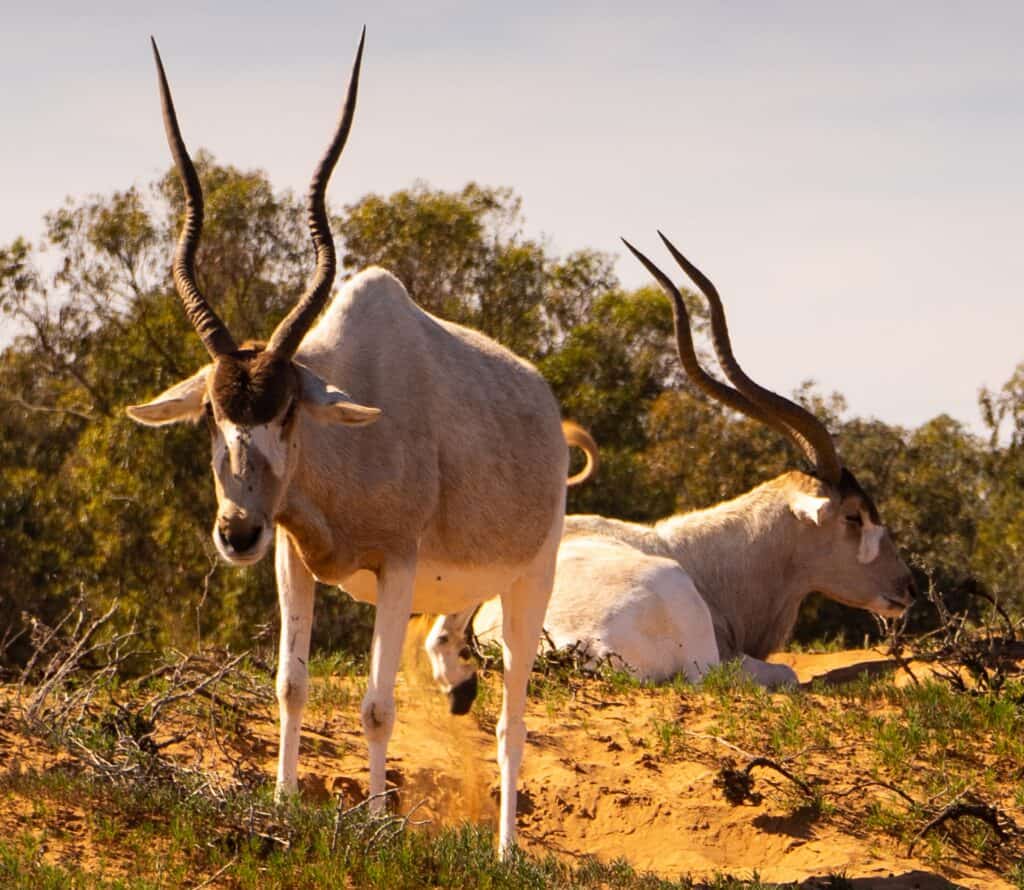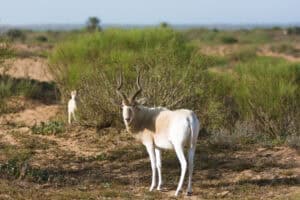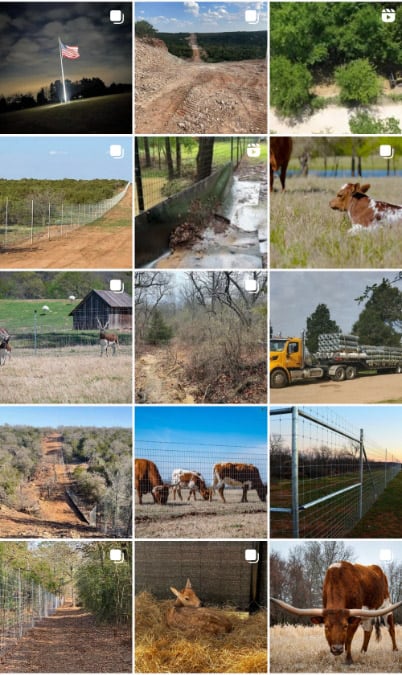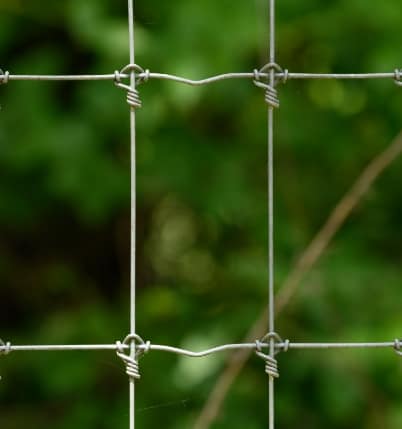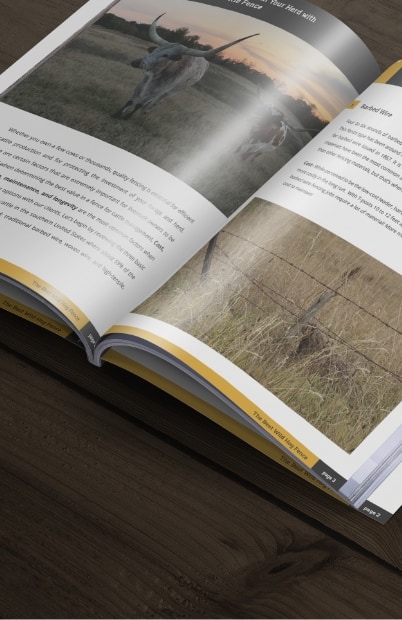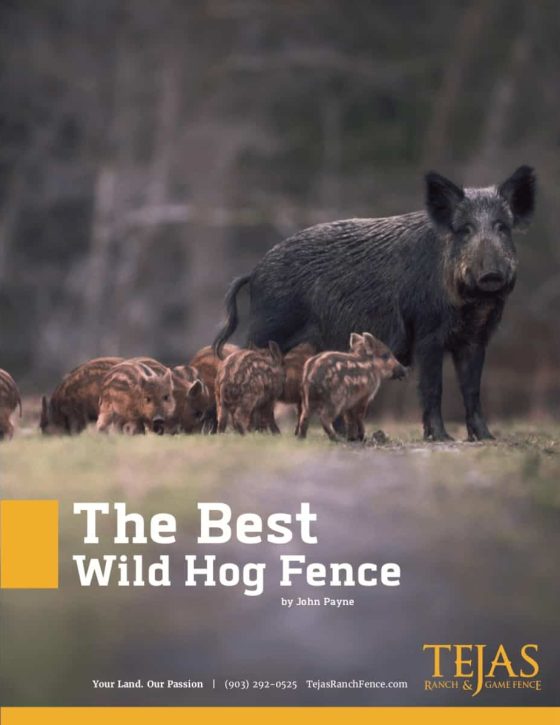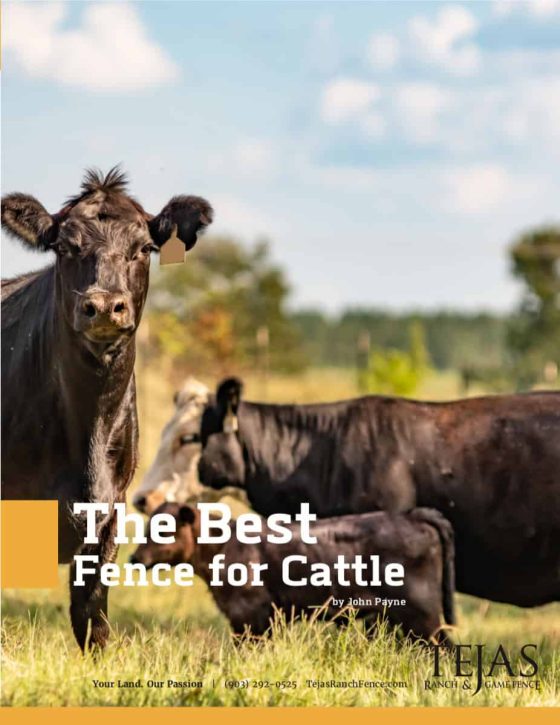The addax, also known as the white antelope or screwhorn antelope, is a fascinating species of antelope native to the harsh deserts of the Sahara Desert. Its unique adaptations and striking appearance make it a subject of intrigue. Once widespread across North Africa, its population has drastically declined due to habitat loss and poaching, leaving only a few individuals in the wild.
Understanding the Addax
Origins and Ancestry
The addax (Addax nasomaculatus) belongs to the Bovidae family, which includes other antelopes, cattle, and goats. Fossil evidence suggests that the addax has roamed the arid regions of North Africa for thousands of years, adapting to some of the most inhospitable environments on Earth. Historically, it was widely distributed across the Sahara Desert and neighboring regions, thriving in areas with sparse vegetation and extreme climatic conditions.
Genetic studies indicate that the addax shares a common ancestry with other desert-adapted antelopes, such as the scimitar-horned oryx. Its evolutionary journey has been shaped by the need to survive in environments where water and food are scarce, leading to the development of unique physiological and behavioral adaptations.
Physical Characteristics and Unique Features
Immediately recognizable by its unique physical features, the addax has a white or pale face marked by a prominent brown patch across its nose and forehead, creating a white X across its face. This striking coloration may help with camouflage in its sandy environment. Its large nasal passages help cool the air it breathes, a vital adaptation for desert living. The horns are ringed and curved gracefully, giving the addax its nickname, the “screw-horn antelope.” The addax’s coat changes with the seasons to enhance its survival in extreme conditions. During the summer, its coat is a light sandy color, which reflects sunlight and helps keep the animal cool. In winter, the coat becomes darker and denser to provide warmth.
Adults typically weigh between 130 to 275 pounds and stand about 37 to 45 inches tall at the shoulder. Males are generally larger than females. Both males and females possess long, spiraling horns, which can reach lengths of up to 31 inches in females and over 39 inches in males. The addax’s wide, splayed hooves are well-suited for walking on soft sand, preventing it from sinking.
| Height | 3.0 – 3.75 feet |
| Length | 4 – 5.5 feet |
| Weight | 130 – 275 pounds |
| Color | Buff-color coat |
| Lifespan | 19 – 25 years |
| Country of Origin | Africa |
| Habitat | Dry, rocky desert |
| Diet | Herbivores: plants, grasses, and leaves |
| Fence Requirement | High-Tensile Fixed-Knot Fencing |
| Suggested Fence Pattern | High Game Fence for Addax |
Habitat
The natural habitat of the Addax is the hyper-arid and arid regions of the Sahara Desert. It thrives in sand dunes, gravel plains, and rocky deserts, where vegetation is sparse but sufficient to sustain its dietary needs. The addax is highly specialized for desert life, capable of extracting moisture from the plants it consumes, thereby reducing its dependence on free-standing water sources.
Historically, the addax ranged across countries such as Algeria, Chad, Libya, Mauritania, Mali, Niger, and Sudan. However, habitat fragmentation, human encroachment, and climate change have drastically reduced its range. Today, the addax is primarily found in isolated pockets of Niger and Chad, often in protected areas or regions far from human activity.
Behavior and Social Structure
Addaxes are primarily nocturnal, an adaptation to avoid the extreme daytime heat of the desert. They are most active during the cooler hours of dawn and dusk, foraging for grasses, herbs, and leaves. Their diet is highly opportunistic, consisting of any available vegetation, and they are capable of surviving long periods without direct water intake by metabolizing the moisture content of their food.
Addaxes are social animals, typically forming herds of two to twenty individuals. These herds are usually led by a dominant female, a behavior known as matriarchal social structuring. Males tend to be less dominant but still play a significant role in the herd. Addaxes communicate through vocalizations, body language, and scent marking. They have well-developed senses of smell and hearing, which help them detect predators and locate food sources.
Breeding can occur year-round, but most births coincide with periods of greater vegetation availability. After a gestation period of about eight and a half months, females give birth to a single calf. The calf remains hidden for a few weeks before joining the herd.
Conservation Efforts and Reintroduction Programs
The addax is classified as “Critically Endangered” by the International Union for Conservation of Nature (IUCN). Its population has plummeted due to habitat loss, hunting, and competition with livestock. In the wild, fewer than 100 individuals are estimated to remain, making it one of the most endangered antelopes in the world.
Addaxes are hunted for their horns, meat, and hides. Despite protective laws, illegal hunting persists, particularly in conflict zones where enforcement is difficult. Expansion of human settlements, agriculture, and resource extraction have encroached on the addax’s natural habitat. Changing temperatures and shifting rainfall patterns further exacerbate the challenges of survival in an already harsh environment.
Several countries have established reserves and national parks to safeguard the remaining populations. Zoos and wildlife reserves worldwide have initiated breeding programs to ensure the survival of the species. Reintroduction efforts are also underway to repopulate areas where the addax has been exterminated. Conservation organizations are working with local communities to promote sustainable practices and reduce human- wildlife conflict.
Conclusion
The addax is a symbol of resilience and adaptation, embodying the beauty and fragility of life in the desert. While its survival is precarious, concerted conservation efforts offer hope for the future. By protecting its habitat, curbing illegal hunting, and fostering global awareness, humanity can ensure that this remarkable antelope continues to grace the sands of the Sahara for generations to come.
Join our email newsletter and receive informative articles like these in your inbox! Subscribe here.
About Tejas Ranch & Game Fence
Tejas Ranch & Game Fence is the go-to ranch fence contractor for landowners with a vision for their property. We have a broad offering of ranch fence solutions, such as high-game fences, cattle fences, hog-proof fences, and more. We offer land clearing, trail construction, and land development consulting along with our fence solutions.
Related Posts
Exotic Black Hawaiian Sheep
Exotic Barbados Sheep
Exotic Zebras
Exotic Rhea
Buffalo
Exotic Scimitar Oryx
Exotic Blackbucks
Exotic Sika Deer
Exotic Painted Desert Sheep
Exotic Mouflon Sheep
Exotic Corsican Sheep
Exotic Fallow Deer
Exotic Aoudad Sheep
Exotic Nilgai Antelope
Exotic Texas Dall Sheep
Exotic Axis Deer
Exotic Pere Davids Deer
